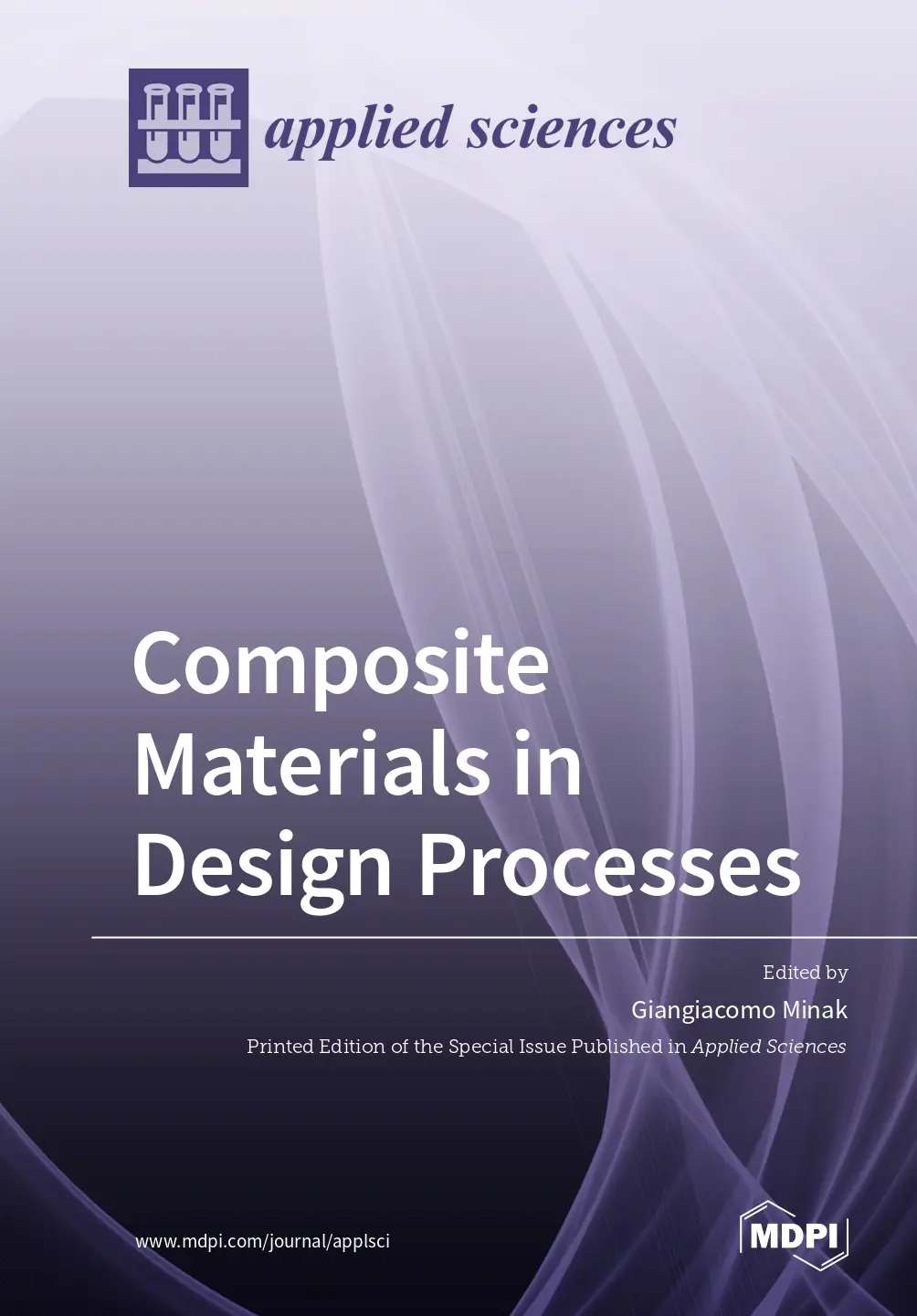Functional Coordination Polymers and Metal-Organic Frameworks
This book is a collection of contributions on the synthesis, characterization, and applications of Metal-Organic Frameworks (MOF) and Coordination Polymers (CP). Coordination Polymers (CP) and Metal–Organic Frameworks (MOF) are at the core of contemporary research on inorganic materials. The virtually infinite combination of their building blocks—inorganic metallic nodes (single ions or clusters) and organic polytopic linkers (polycarboxylates, bridging N-/S-/O-containing heterocycles)—generates solid air- and water-stable compounds. Interesting features from an applicative point of view are porosity, large surface area, and lattice flexibility (the “breathing” effect). These properties make them ubiquitous in several fields of materials science: gas storage and separation, luminescent sensing, heterogeneous catalysis, and magnetism.
Functional Coordination Polymers and Metal-Organic Frameworks
This book is a collection of contributions on the synthesis, characterization, and applications of Metal-Organic Frameworks (MOF) and Coordination Polymers (CP). Coordination Polymers (CP) and Metal–Organic Frameworks (MOF) are at the core of contemporary research on inorganic materials. The virtually infinite combination of their building blocks—inorganic metallic nodes (single ions or clusters) and organic polytopic linkers (polycarboxylates, bridging N-/S-/O-containing heterocycles)—generates solid air- and water-stable compounds. Interesting features from an applicative point of view are porosity, large surface area, and lattice flexibility (the “breathing” effect). These properties make them ubiquitous in several fields of materials science: gas storage and separation, luminescent sensing, heterogeneous catalysis, and magnetism.
Fluid Interfaces
Fluid interfaces are promising candidates for confining different types of materials, e.g., polymers, surfactants, colloids, and even small molecules, to be used in designing new functional materials with reduced dimensionality. The development of such materials requires a deepening of the physicochemical bases underlying the formation of layers at fluid interfaces as well as on the characterization of their structures and properties. This is of particular importance because the constraints associated with the assembly of materials at the interface lead to the emergence of equilibrium and features of dynamics in the interfacial systems, which are far removed from those conventionally found in traditional materials.
Fluid Interfaces
Fluid interfaces are promising candidates for confining different types of materials, e.g., polymers, surfactants, colloids, and even small molecules, to be used in designing new functional materials with reduced dimensionality. The development of such materials requires a deepening of the physicochemical bases underlying the formation of layers at fluid interfaces as well as on the characterization of their structures and properties. This is of particular importance because the constraints associated with the assembly of materials at the interface lead to the emergence of equilibrium and features of dynamics in the interfacial systems, which are far removed from those conventionally found in traditional materials.
Cyanobacteria and Cyanotoxins
Cyanobacteria are a group of ubiquitous photosynthetic prokaryotes. Their occurrence has been increasing worldwide, due to anthropogenic activities and climate change. Several cyanobacterial species are able to synthesize a high number of bioactive molecules, among them, cyanotoxins (microcystins, cylindrospermopsin, nodularin, etc.), which are considered a health concern.
Cyanobacteria and Cyanotoxins
Cyanobacteria are a group of ubiquitous photosynthetic prokaryotes. Their occurrence has been increasing worldwide, due to anthropogenic activities and climate change. Several cyanobacterial species are able to synthesize a high number of bioactive molecules, among them, cyanotoxins (microcystins, cylindrospermopsin, nodularin, etc.), which are considered a health concern.
Composite Materials in Design Processes
Composite materials have been used in design since antiquity, as the description of the Ulises’ arch in the Odyssey suggests [1]. The great advantage provided by the use of composite materials in the design process is that it allows tailoring the mechanical properties of the components, in order to obtain the highest specific strength or stiffness and, consequently, reduce the overall weight.
Composite Materials in Design Processes
Composite materials have been used in design since antiquity, as the description of the Ulises’ arch in the Odyssey suggests [1]. The great advantage provided by the use of composite materials in the design process is that it allows tailoring the mechanical properties of the components, in order to obtain the highest specific strength or stiffness and, consequently, reduce the overall weight.










